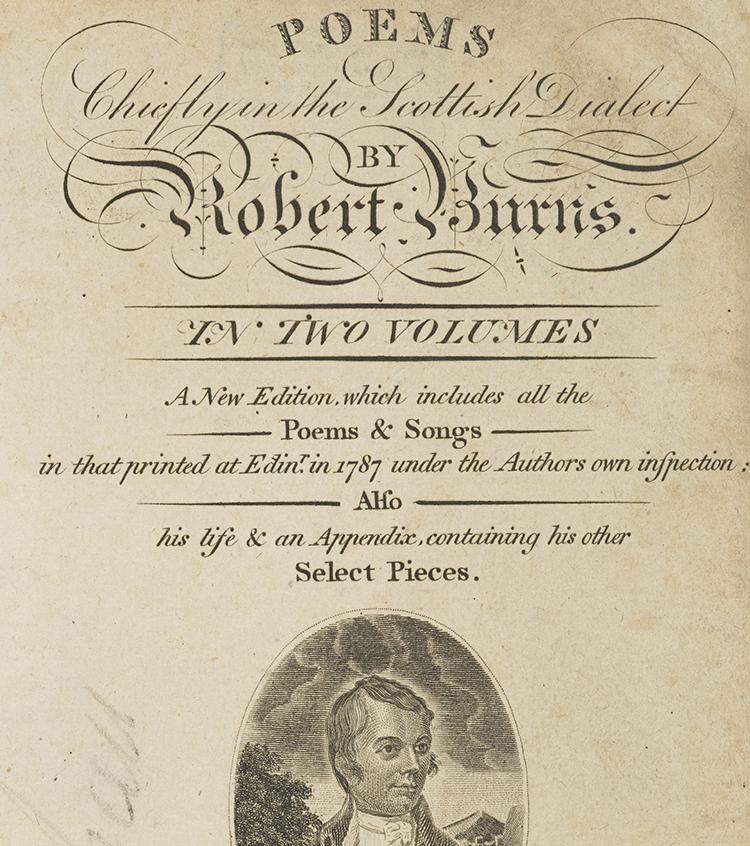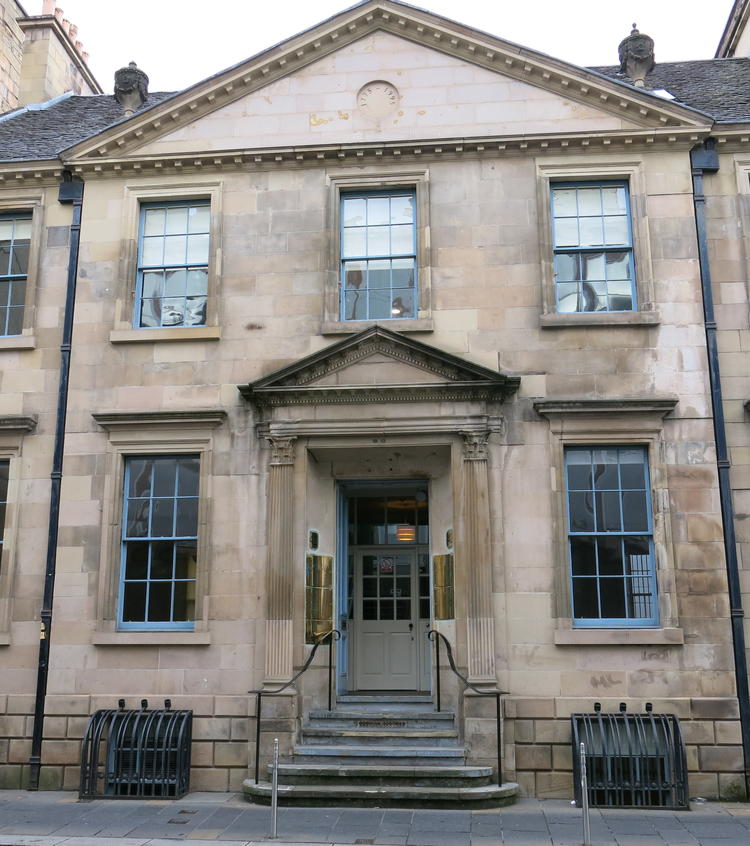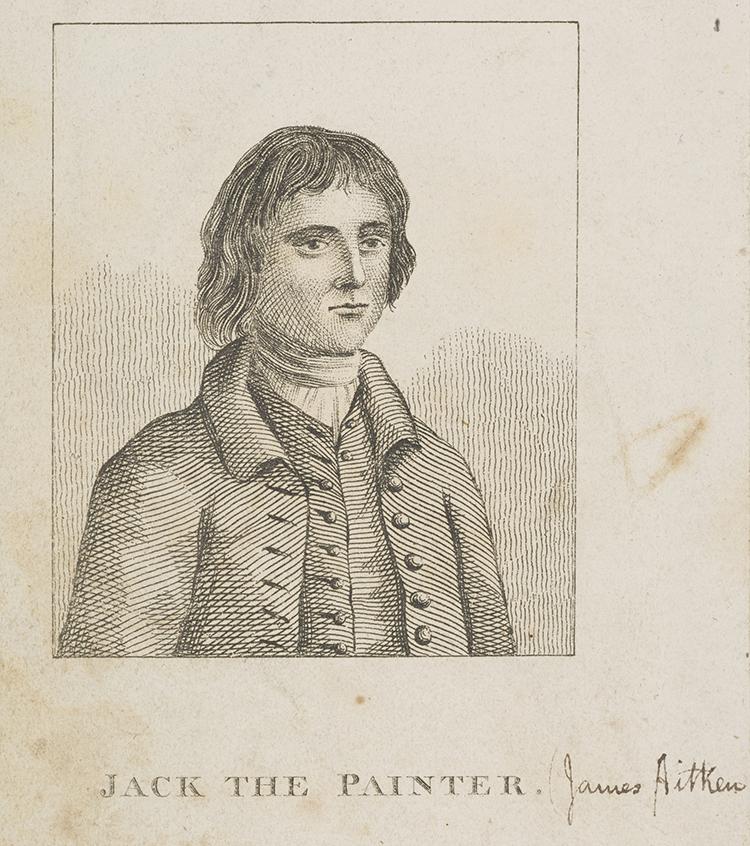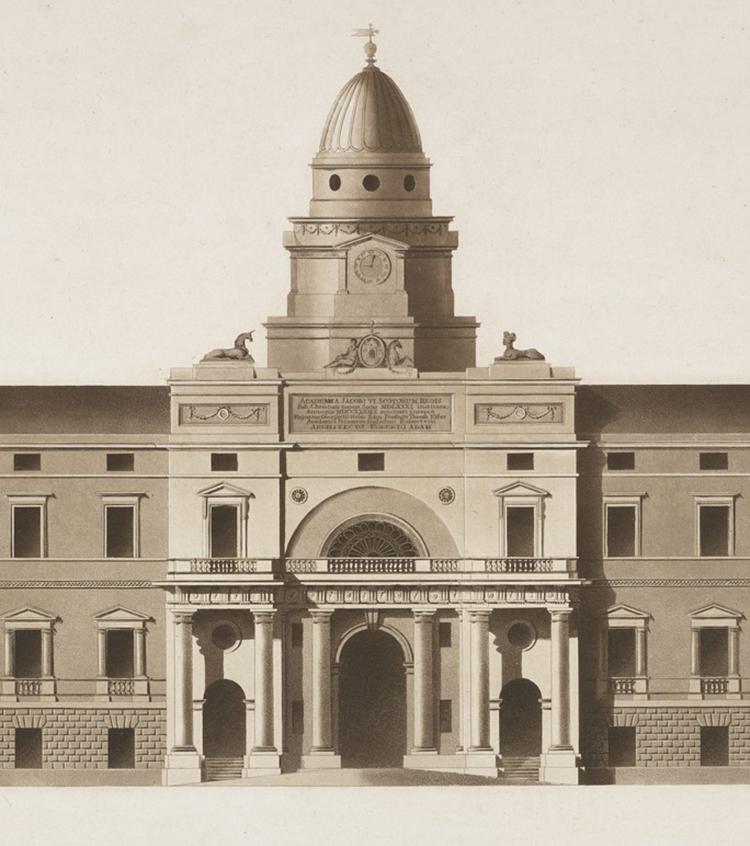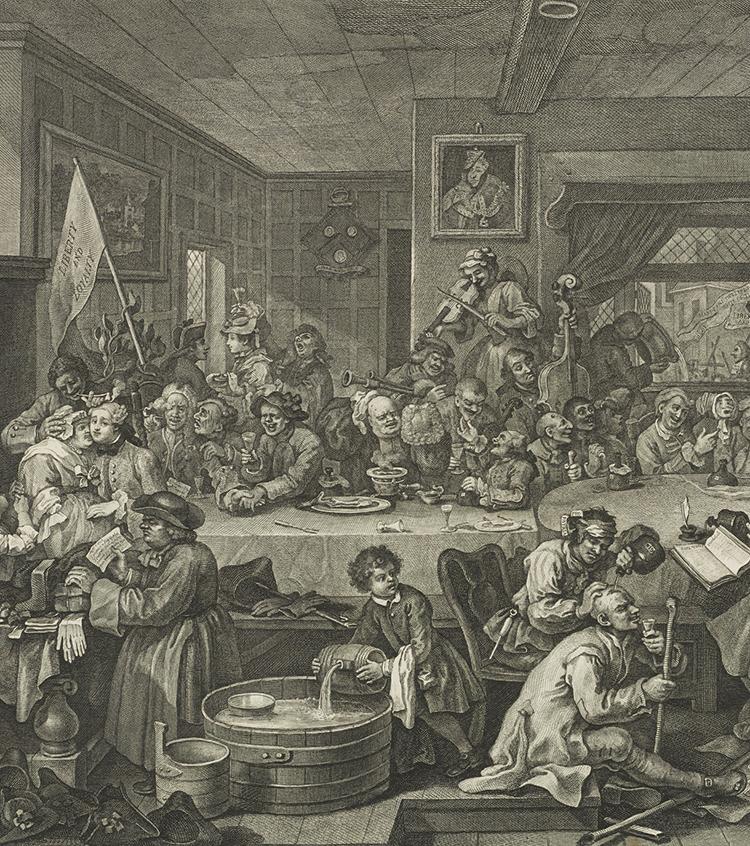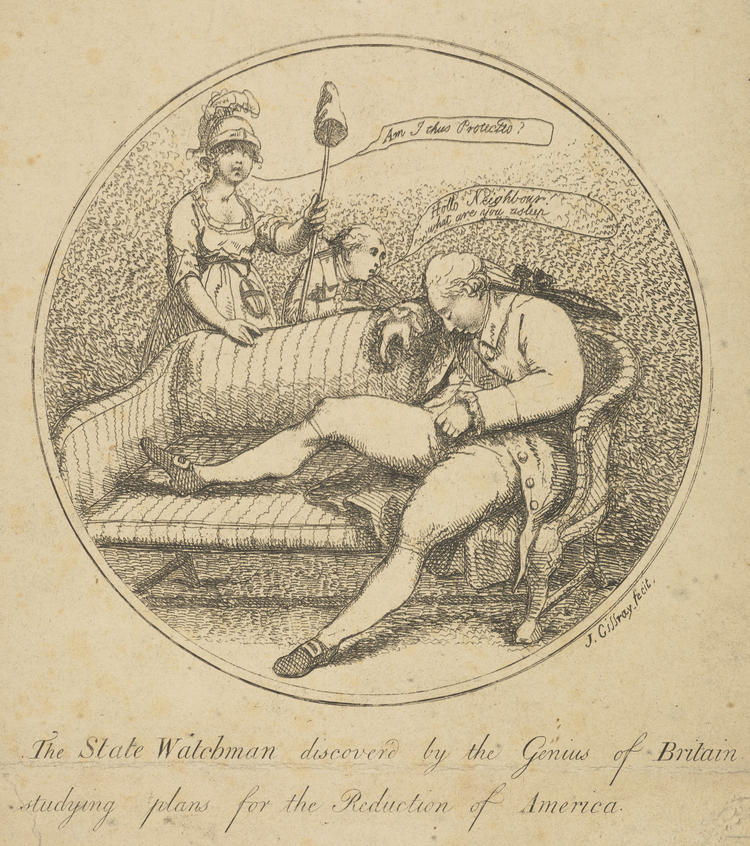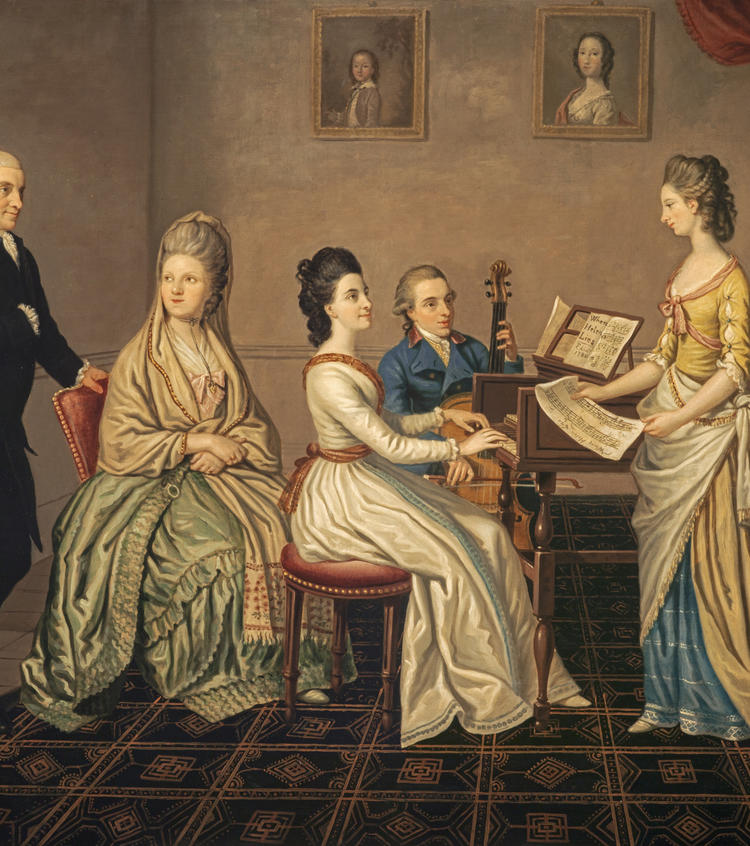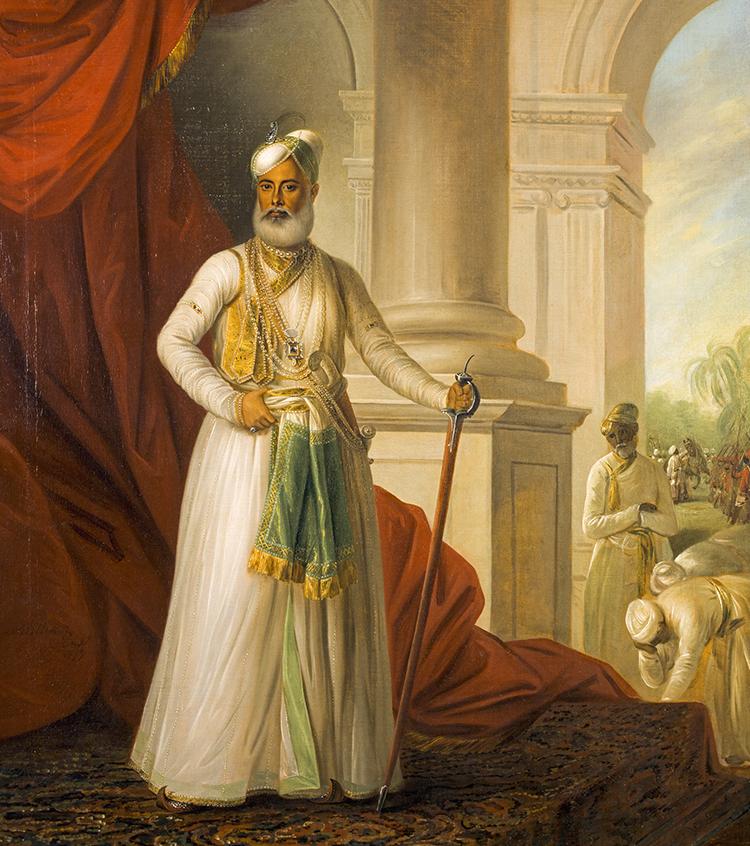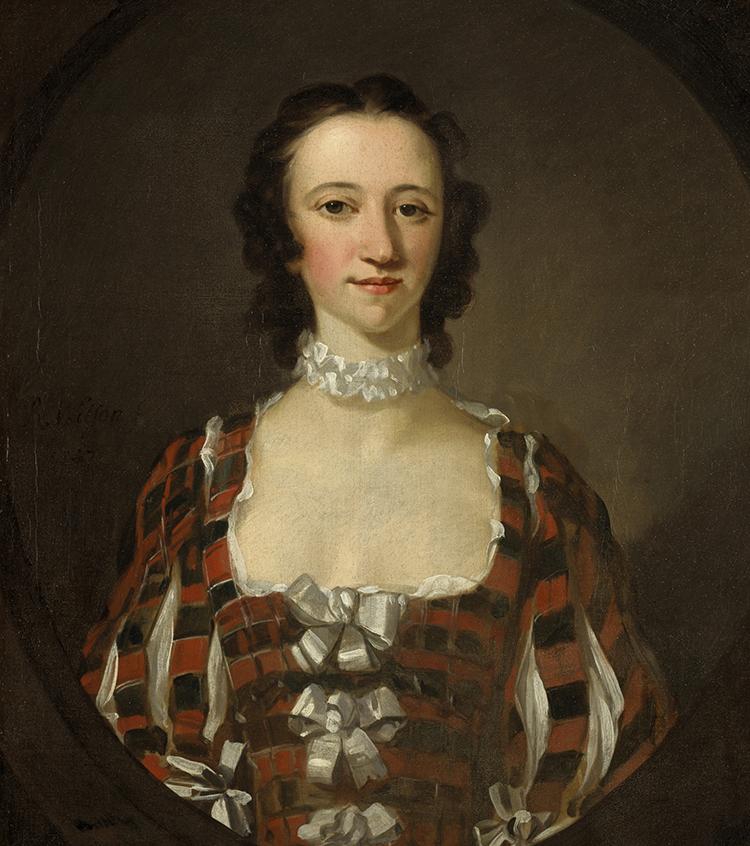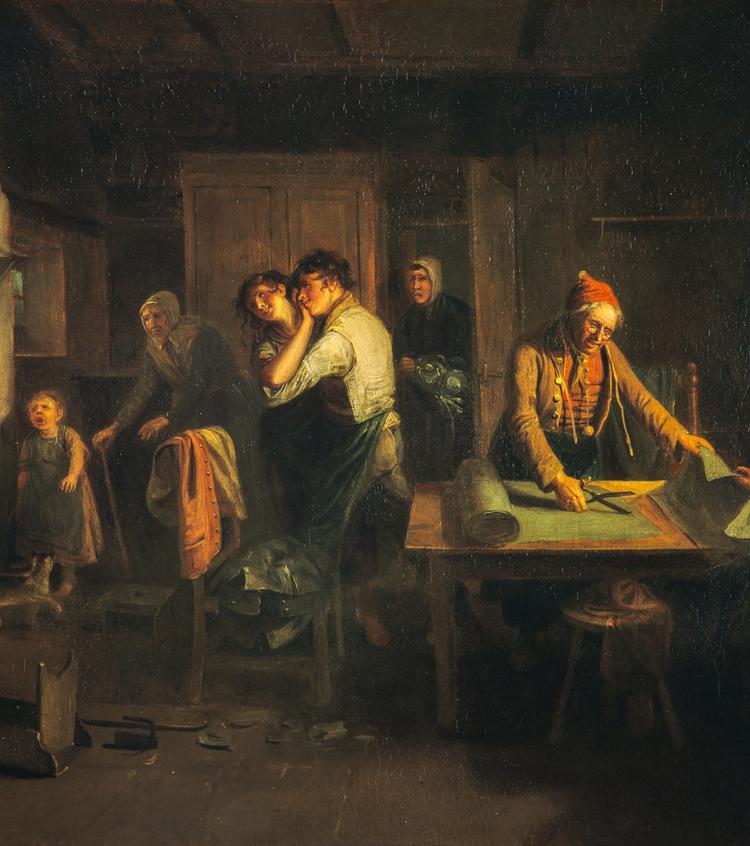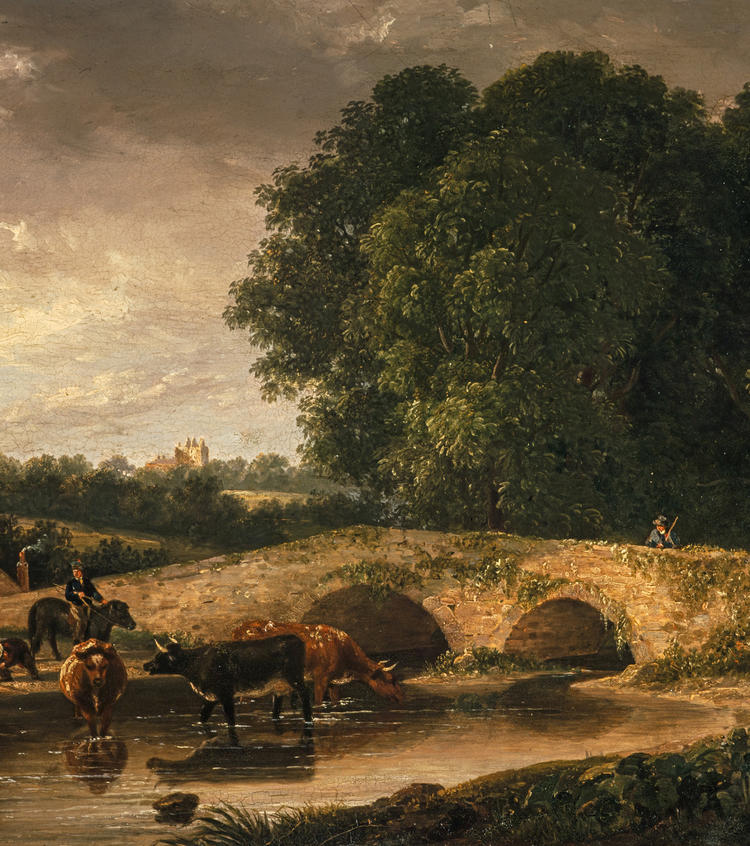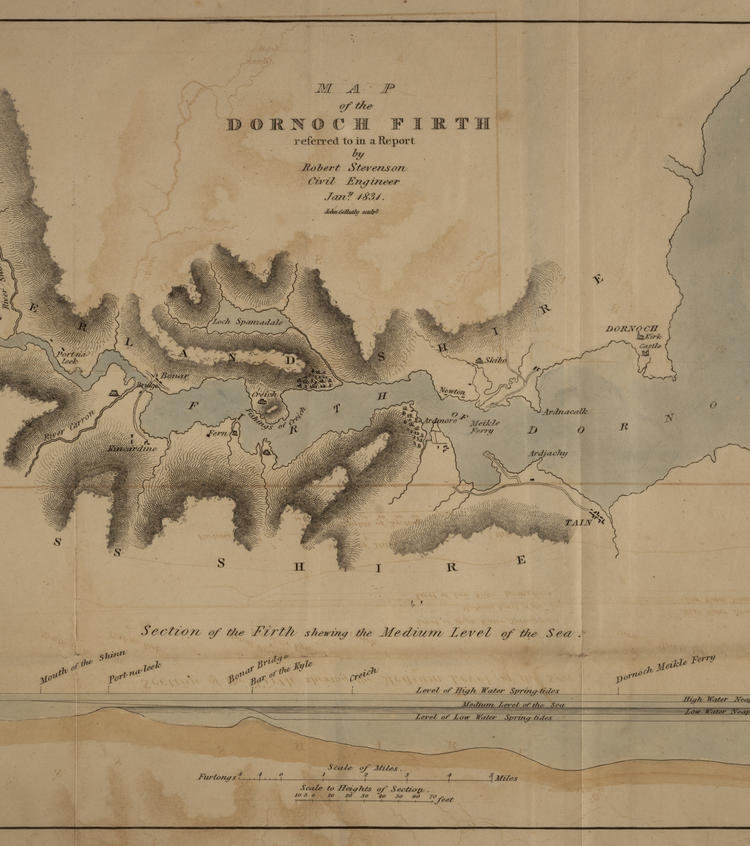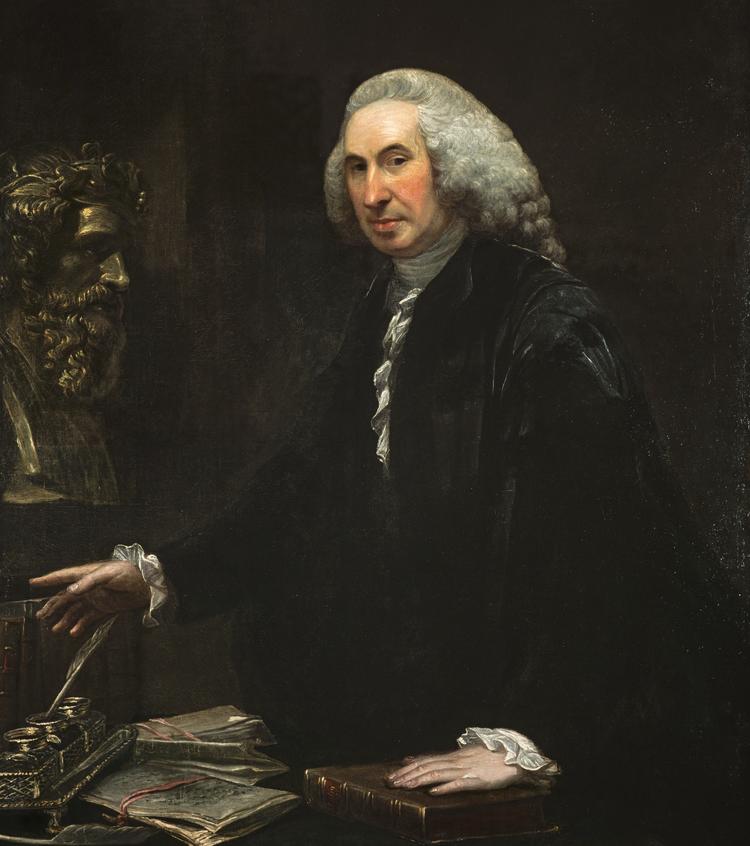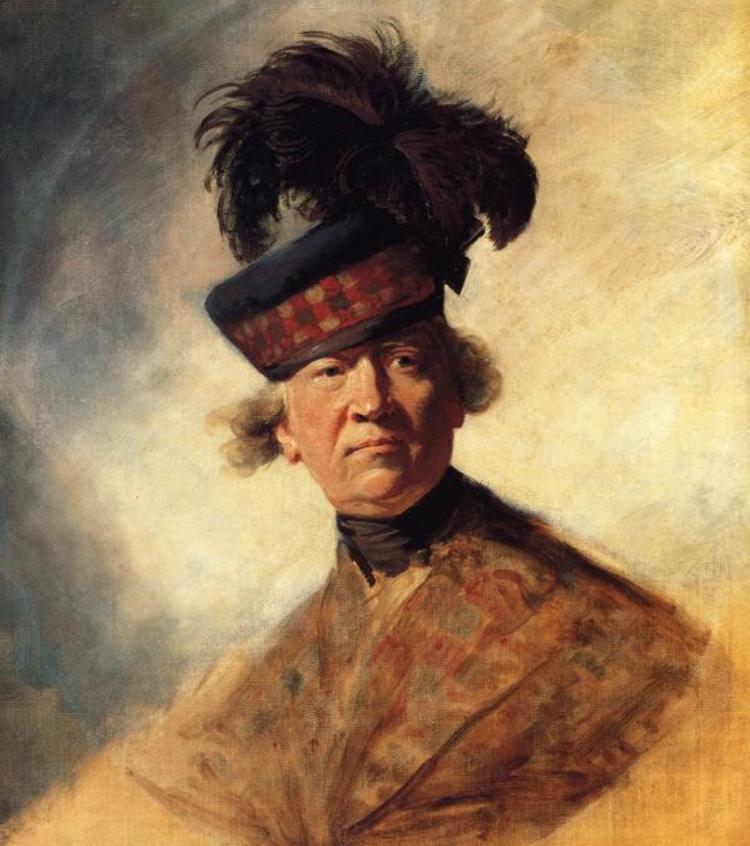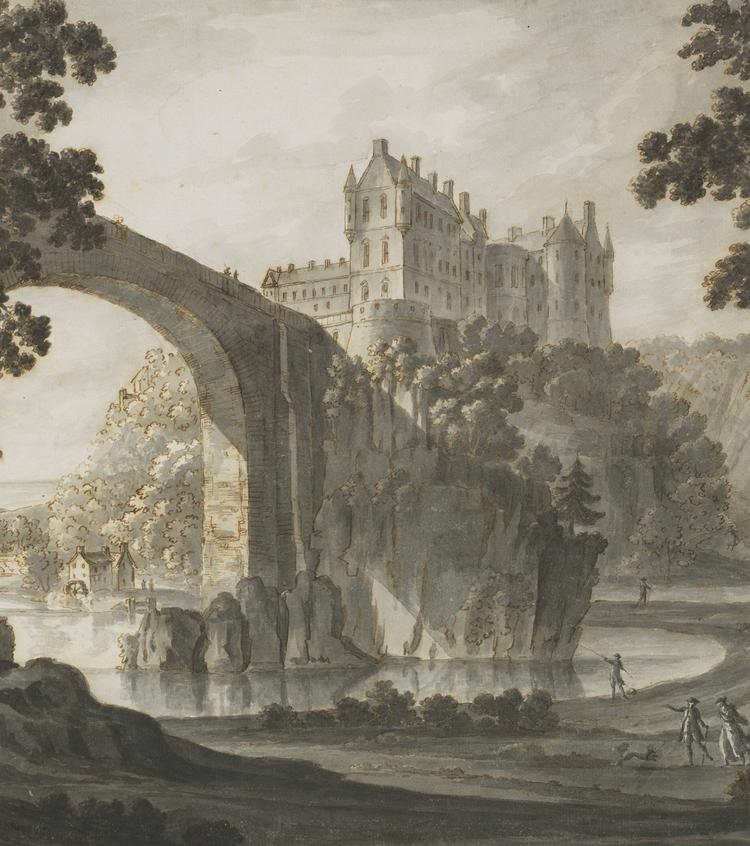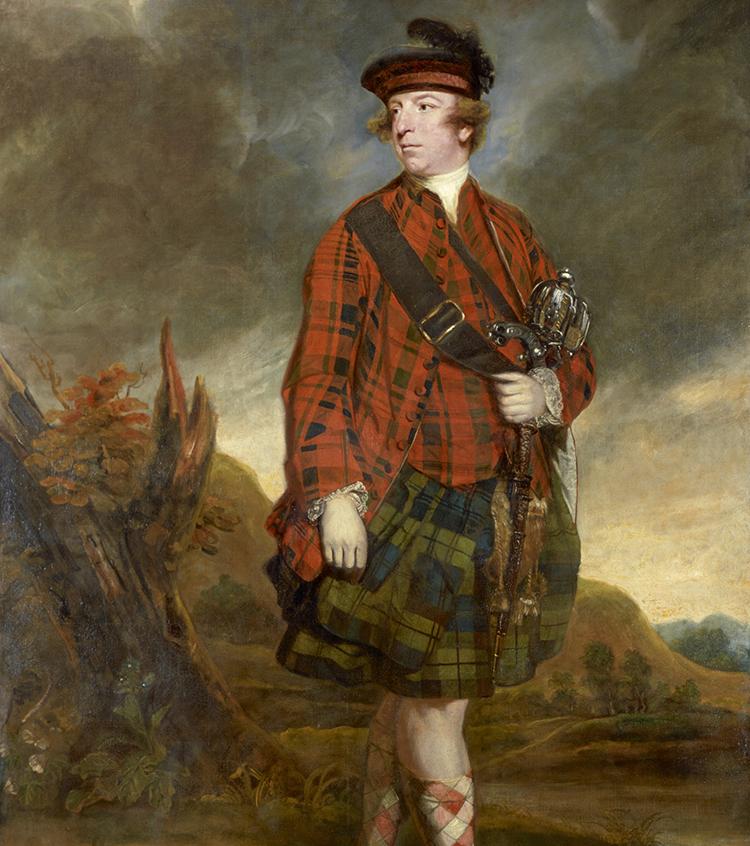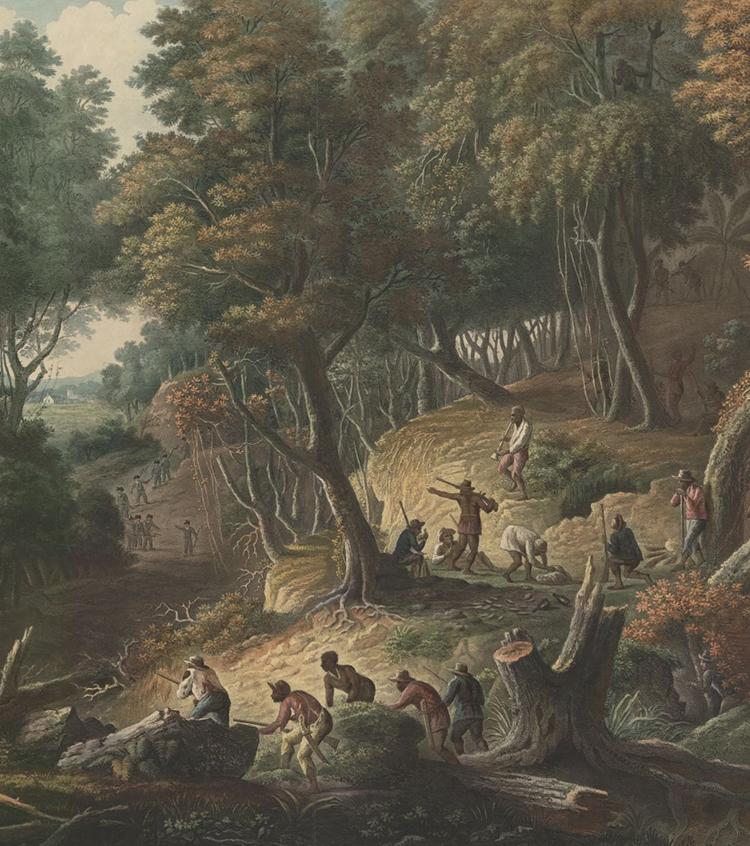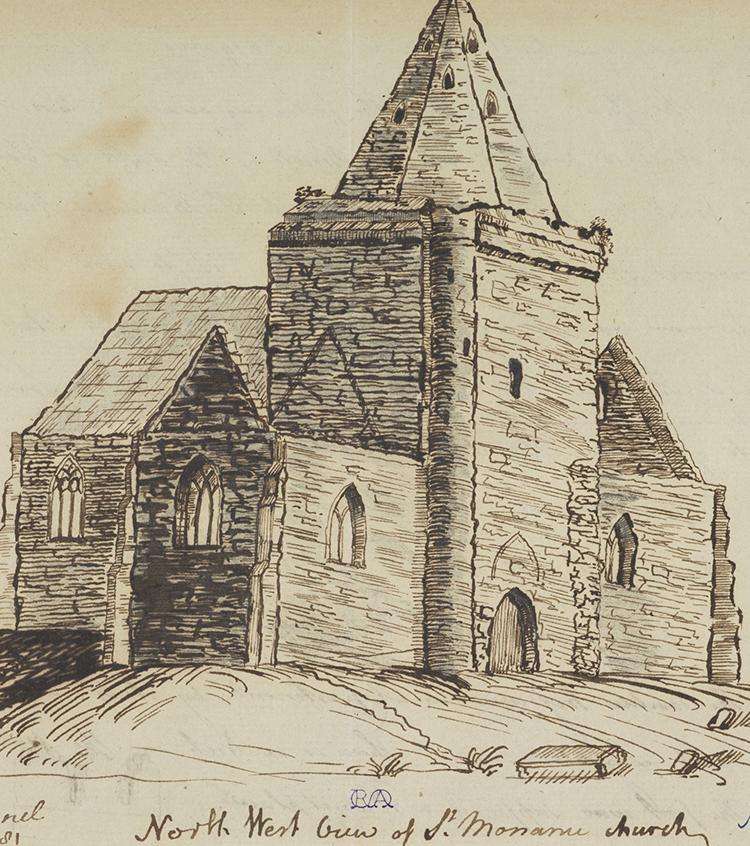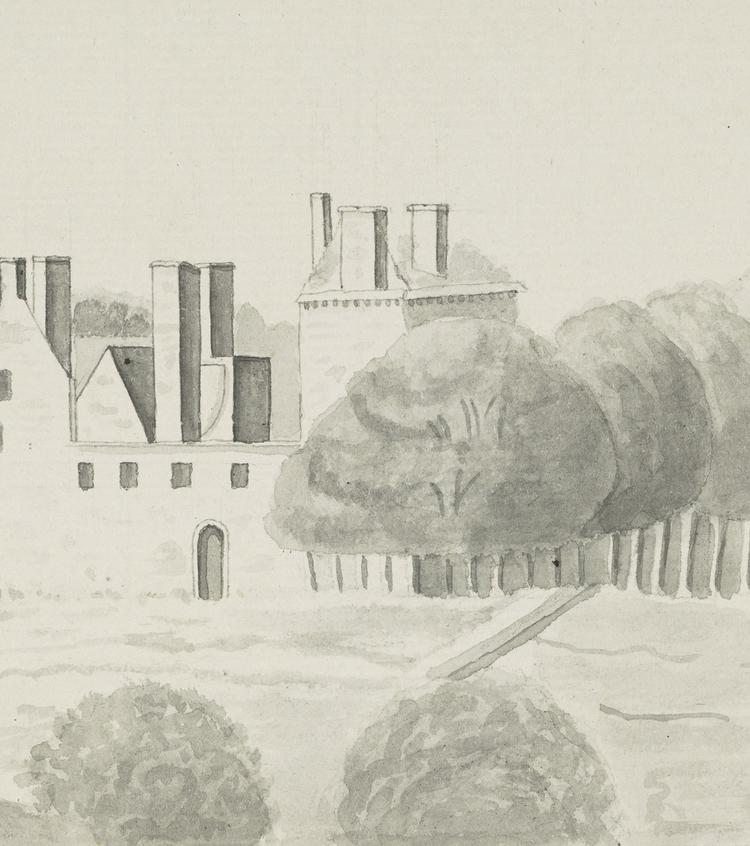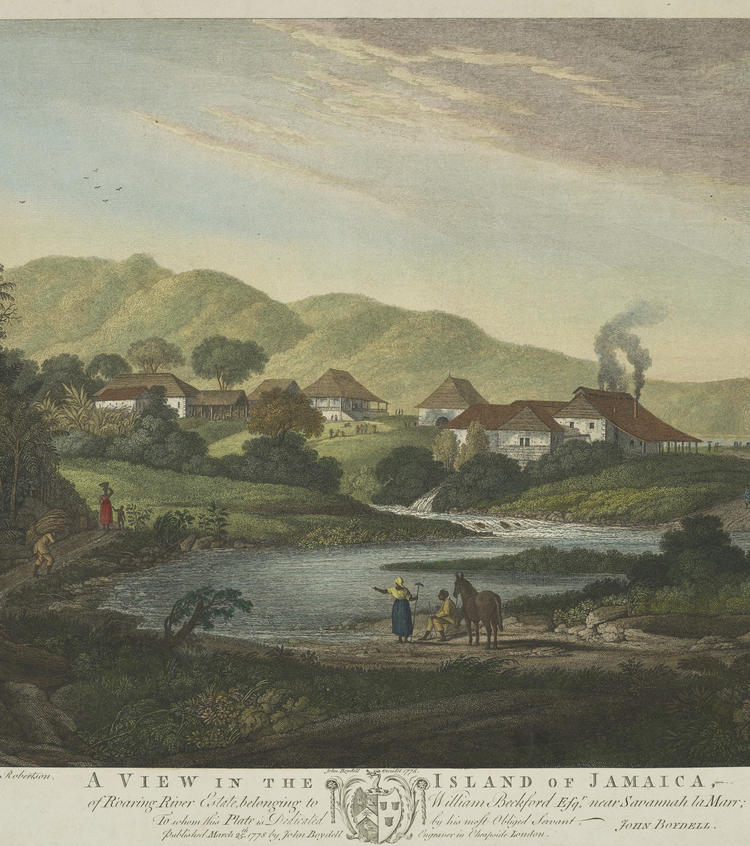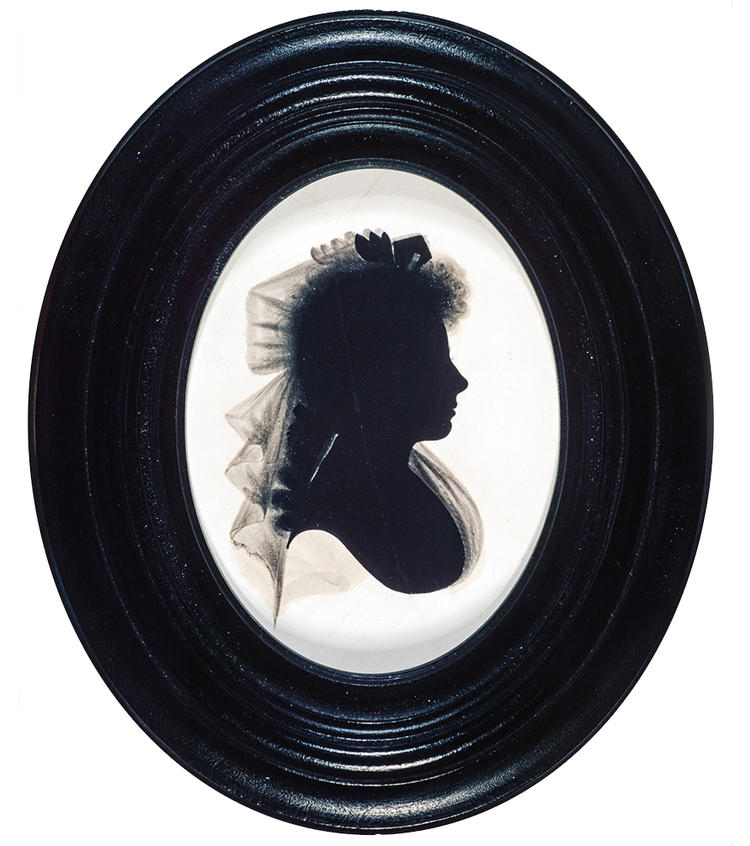The Scottish Enlightenment transformed cities such as Edinburgh and Glasgow into major centers of intellectual inquiry, artistic expression, and print culture. Many Scottish judges and advocates such as Lord Kames, David Hume, James Boswell, and Sir Walter Scott made profound contributions to moral philosophy, economic theory, and literary form.
Explore thematic collections of Session Papers
The thematic collections presented below offer researchers curated entry points into the cases and Session Papers within SCOS. They were developed during the research and metadata description process with a knowledge of recent research trends in mind. By bringing together cases under a common theme each entry point is designed to raise new questions about the past. Cases may appear listed under one or more curated theme. Additional cases will be added to relevant themes as they are processed and investigated by the SCOS team. Digital copies may not be immediately available for certain cases. Please contact the SCOS team if you wish to acquire digital copies of a particular case.
Scots engaged in commerce on local, transatlantic, and global scales by forging numerous commercial relationships at home and aboard. Personal and financial connections helped artisans and farmers to sell their wares in Edinburgh's Grassmarket, allowed fishermen from the Isle of Lewis to send their catch to London, and enriched the Glasgow merchants who controlled large swaths of the American commodities trade.
The members of the College of Justice served both the Court of Session and the High Court of Justiciary, Scotland's supreme criminal court. On any given day during the term an advocate might argue a civil case before the Court of Session or defend clients or assist prosecutors in the High Court of Justiciary. Five Lords of Session sat on the criminal court as well. Occasionally, we find printed criminal papers with Session Papers.
The Enlightenment transformed Lowland Scotland into a major epicenter for education in the British Atlantic world. The universities in Edinburgh and Glasgow were renowned for training new generations of doctors, lawyers, theologists, economists, and scientists. Adam Smith studied social philosophy under Frances Hutcheson at the University of Glasgow in the 1740s while the Philadelphia physician Benjamin Rush earned his medical degree from the University of Edinburgh two decades later. The education that men such as Rush and future U.S.
Few Scots possessed the vote before the Scottish Reform Act of 1832. A year before the Act only about 4,500 men out of a total population of over 2.6 million people were eligible to elect members of Parliament.
The Session Papers in the collections of the UVA Law Library and the Library of Congress span the era of the American Revolution and the emergence of the United States. So, too, do many of the documents held in Edinburgh libraries and archives.
In 1780, James Erskine, Lord Alva commissioned the Italian-trained artist David Allan to depict the Lord of Session and his family together in musical conversation.
The year 1765 marked a turning point for The East India Company (EIC). Following the Battle of Buxar, the Treaty of Allahabad secured to the company the Diwani rights, the right to collect taxes on the Mughal emperor's behalf directly from the people in the eastern province of Bengal-Bihar-Orissa. The British began consolidating their hold on India in the wake of the company's military and diplomatic victories, building on more than a century and a half's worth of experience operating on the subcontinent.
Many Scots, and some Englishmen, never accepted George I and his descendants as the legitimate British monarchs. In 1715, 1719, and 1745 supporters of the exiled Stuart king, James II and VII and his son, James III and VIII, launched uprisings to reclaim the British throne from their Hanoverian enemies.
Labor in its many forms was a fundamental part of everyday life in Scotland and the British Atlantic world. Skilled professionals and unskilled laborers performed a variety of jobs, from law clerks in the Court of Session, to Highland kelp farmers, to Lowland nursemaids. Indentured servants bound themselves out to individual masters or companies in exchange for an education in a particular trade or the chance to make their lives a little better.
Robert Gibb's 1826 painting, Craigmillar Castle from Dalkeith Road, is an idealized vision of an early nineteenth-century Scottish agricultural landscape. His work captured the centrality of farming and animal husbandry to Scotland's economy and society, even if his scene of pastoral serenity belied the era's chaotic land reforms and social dislocation.
Advocates and law agents usually submitted evidence to the Court of Session in support of a client's claim. Evidence took many forms. Depositions heard by the Lord Ordinary on Oaths and Witnesses (or his designee) became part of the case record. A lawyer might also voluntarily or at the court's behest include a few snippets of correspondence, a ledger extract, or an estate inventory as part of the process. These pieces of evidence were printed in Session Papers as a case moved through the court.
The Court of Session shared its Edinburgh home with some of the leading medical institutions in the British Atlantic world. The University of Edinburgh's medical school and the Royal College of Physicians educated new doctors, including many Americans, in the latest advancements in medical science and patient care.
Great Britain was in a near constant state of war for most of the eighteenth and early nineteenth centuries. Between 1707 and 1815, British subjects fought in a number of major conflicts, including the Jacobite Uprisings, the Wars of Spanish and Austrian Succession, the global Seven Years' War, the American War for Independence, the French Revolutionary Wars, and the Napoleonic Wars. Peace quickly gave way to renewed combat as the inhabitants of the British Atlantic world vied for land, power, and mastery on sometimes global scales.
The Lords of Session regularly heard disputes over real and personal property. Scottish law divided property between heritable (real) and moveable (personal) "subjects." The law prevented the transfer of heritable property by means of a will. Real estate descended to the deceased's immediate heirs, but through a will a testor could convey moveable property to her or his executors, next of kin, or anyone else they saw fit.
The man shown here, John Murray, 4th Earl of Dunmore, served as the last royal governor of Virginia. Dunmore’s tenure as colonial Virginia’s final chief executive highlights both the major role Scots played in administering Britain’s American empire and the close links between Virginia and Scotland. By the mid-eighteenth century, commerce bound Glaswegian merchants to Virginia planters as Scots took control of the Chesapeake tobacco trade. Scots settled in Virginia to work this trade, where they often acquired land and slaves of their own.
The forced enslavement of millions of African men, women, and children powered the transatlantic economy in the eighteenth and nineteenth centuries. From New York to Barbados, enslaved people worked on docks, cultivated Virginia tobacco, or labored on hellish Caribbean sugar plantations. Individual Scots, such as the tobacco merchant William Cunninghame, and institutions, like the University of Glasgow, directly benefited from slavery and the slave trade.
Christianity was a powerful force in Scottish society. Beginning in the sixteenth century the Scottish Reformation, part of the wider Protestant revolution in Europe, began to transform Scotland into a Presbyterian nation. The Church of Scotland, or the Kirk, and its adherents broke with Roman Catholicism and reformed its doctrines to reflect Calvinist theology.
The Governor and Company for raising the Thames Water at York Buildings was founded in 1675 to supply water to households in England. Increased competition from rival water firms forced the company to put itself up for sale in 1719. Financier Case Billingsley purchased the company in 1719, raised additional capital, and the company began buying up estates in Scotland forfeited as a consequence of the 1715 Jacobite Uprising.
Scots and Scotland invested heavily in the West Indies and the enslaved labors who worked plantations on Jamaica, Barbados, and other Caribbean islands. Lowland merchants and Highland landowners alike derived wealth and power from the West India trade, tying distant places like Glasgow, the northwestern Highlands, the Gold Coast of Africa, and Kingston together. As in the Chesapeake, temporary Scots migrants to the Caribbean found work as plantation overseers, in company stores, or managed their own estates.
The silhouette of the poet Agnes McLehose serves a metaphor for a woman's legal rights in the British Atlantic world. Women like her navigated and contested numerous laws and legal traditions that shaped their lives in significant ways. In the male-dominated eighteenth and nineteenth centuries, women faced considerable legal constraints over their property as well as their bodies. Much depended on a woman's marital status and the legal regime under which she lived.
